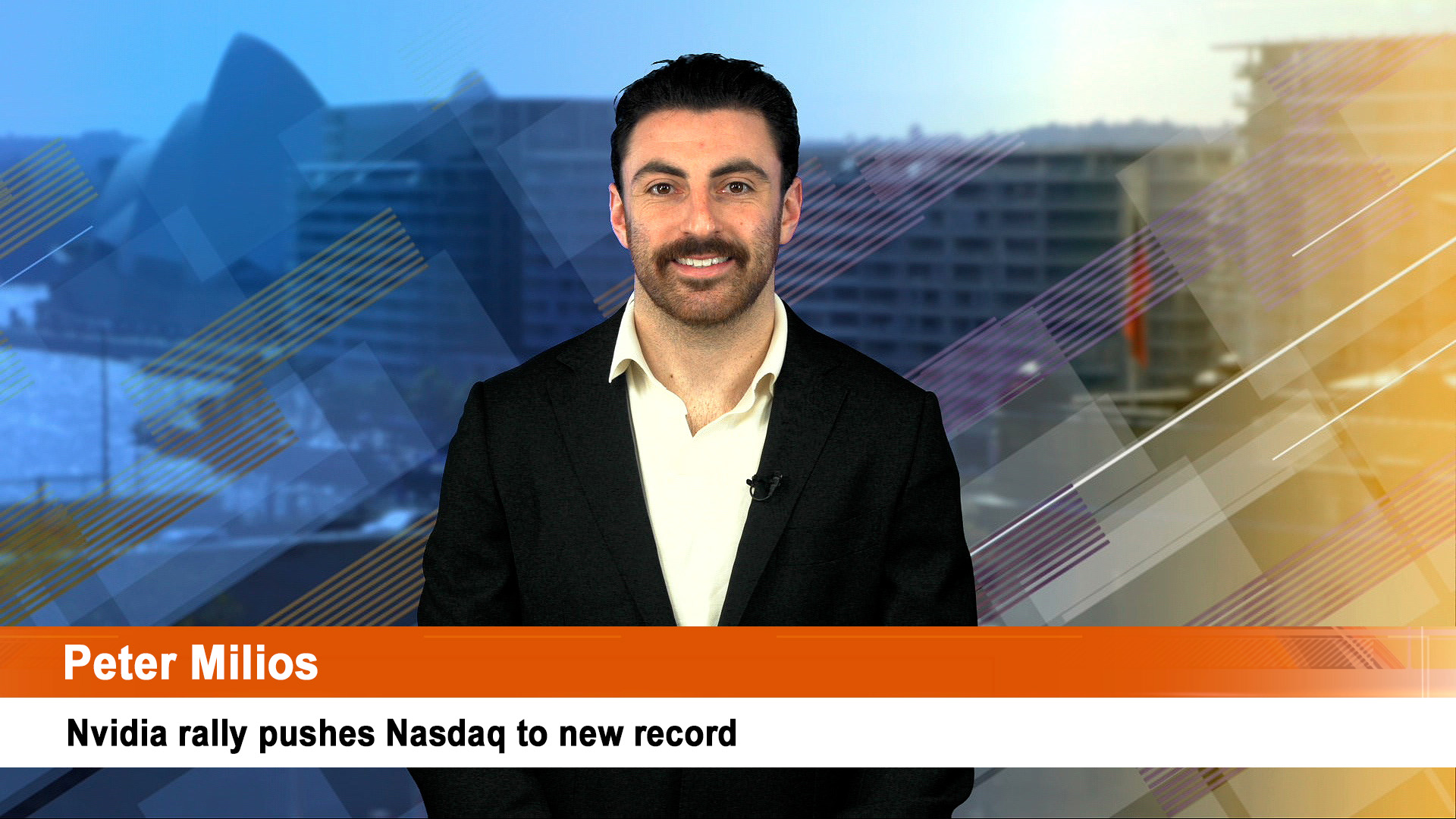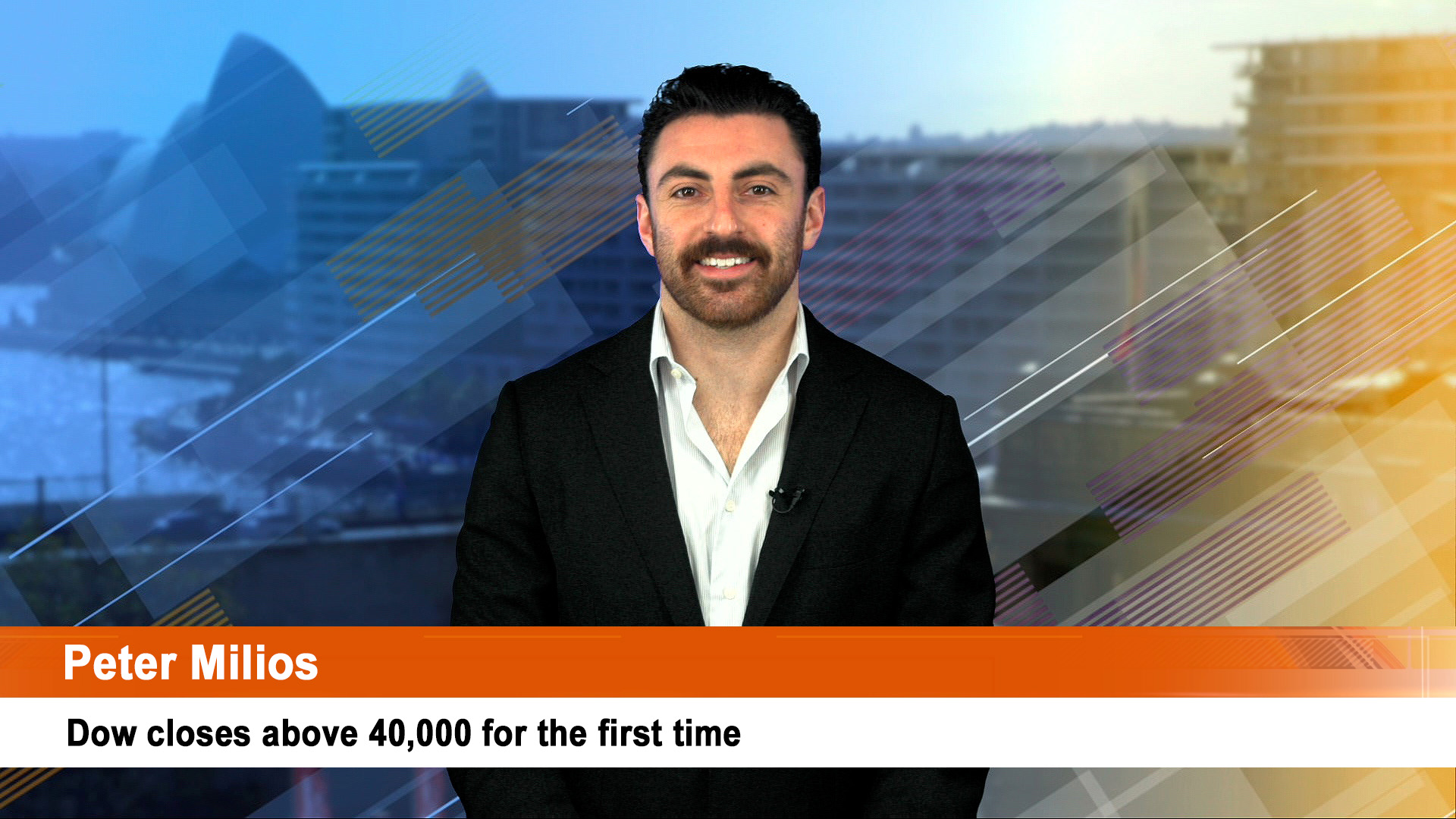The market surged in the final hour of trading on Wednesday afternoon after Fed Chair Jay Powell dismissed the possibility the Fed could resort to a more aggressive three-quarters point hike in the future.
Traders simply ignored or forgot what rising interest rates eventually do in an economy, especially one wracked by high inflation, solid demand, a tight jobs market and hints of a wages surge.
So Wednesday’s relief rally turned into a regret rally a day later as the markets suffered some of the biggest falls in more than two years.
The Dow lost 1,063 points, or 3.12%, to close at 32,997.97. The Nasdaq Composite fell 4.99% to finish at 12,317.69, its lowest closing level since November 2020. Both of those losses were the worst single-day drops since 2020. The Nasdaq had been down well over 5% in the last hour of trading.
The S&P 500 fell 3.56% to 4,146.87, marking its second worst day of the year.
The ASX 200 futures market had a fall of more than 100 points pencilled in at just before 7am. It had been down 133 points an hour earlier.
Wednesday had seen the Dow surge 932 points, or 2.81%, and the S&P 500 up 2.99% for their biggest gains since 2020. The Nasdaq Composite jumped 3.19%.
A day later all those gains were gone by noon Thursday and there is a completely different narrative from those who saw relief 24 hours earlier – a massive sell-off – especially in Nasdaq and the megatechs – as the reality of rising rates hit home – they can cool demand and the wider economy.
That’s what the Reserve Bank of Australia pointed out in the post meeting statement from governor Phil Lowe – GDP growing at just over 4% this year, cooling to 2% by the end of 2023 and what the Bank of England said when warning of a possible recession later this year as it lifted rates a 4th time to their highest level in 13 years.
Monetary policy tightenings – and the Fed (like the RBA) will be cutting the amount of free money available by running off all those bonds they bought in their quantitative easing campaign in a new attack they are calling quantitative tightening.
The speed of the swing around in sentiment once again tells us that many in the markets – highly paid and claiming to be knowledgeable, don’t know a thing.
The factors they now see helped spark Thursday’s sell-off were self-evident a day before – in fact they were being talked about, but ignored in the frenetic final hour trading surge.
The Bank of England summed it up in this quote from their decision statement on Thursday (it lifted rates a 4th time since December to 1%, a 13-year high):
“Global inflationary pressures have intensified sharply following Russia’s invasion of Ukraine…This has led to a material deterioration in the outlook for world and UK growth.”
And the rate rises will intensify the pace of the “deterioration” because central banks see controlling inflation as more important than keeping demand and growth buoyant.
“The proximate reason for raising [the] bank rate at this point is not only the current profile of inflation and what is to come and of course what that could mean for inflation expectations to come — but the risks as well,” Bank of England Governor, Andrew Bailey said at a media conference.
On Wall Street US 10-year treasury bond yields rose to 3.4% by the close. The US dollar eased against the euro but rose again the weak yen. It rose against the Aussie dollar which fell back under 72 US cents to trade just over 71 cents at 7am in Asia.
Gold edged half a per cent high, oil (US crude) was also up half a per cent.
…………
Big techs were hard hit Thursday. Facebook-parent Meta Platforms and Amazon fell 6.8% and 7.6%, respectively. Microsoft dropped 4.4%. Salesforce tumbled 7.1%. Apple sank 5.6%. Alphabet, the parent of Google lost 4.7%. Netflix shares lost 7.7%. Ouch!
E-commerce stocks were a key source of weakness on Thursday following some disappointing quarterly reports.
Etsy and eBay dropped 16.8% and 11.7%, respectively, after issuing weaker-than-expected revenue guidance. Shopify fell nearly 15% after missing estimates on the top and bottom lines.
Tesla lost more than 8% but Elon Musk’s target, Twitter rose 2.6% after he said he had got more money from billionaire mates to help him in his takeover that is starting to look very stretched at $US54.20.













